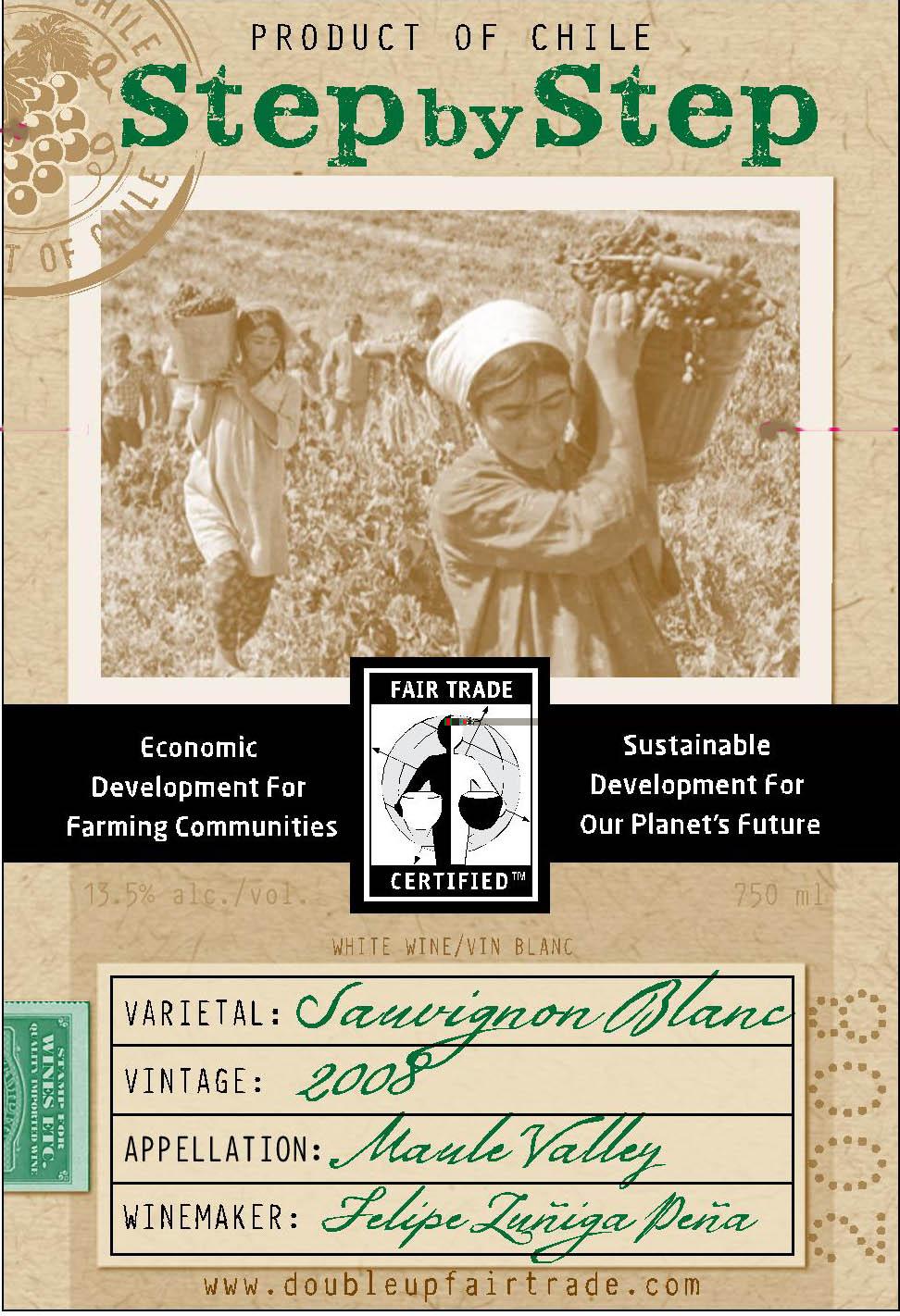2008 Maule Valley Sauvignon Blanc
Step By Step Step By Step Sauvignon Blanc from the Maule Valley is a delightful white wine that captivates the senses with its bright and refreshing nature. This vintage expresses a medium body that gracefully balances mouthwatering acidity, creating a lively and invigorating experience. The fruit intensity is prominent, featuring vibrant notes of citrus, green apple, and hints of tropical fruit, which add depth and excitement to each sip. This Sauvignon Blanc showcases a bone-dry character, making it an excellent pairing for seafood dishes and light salads. With its engaging profile, Step By Step Step By Step is a charming representation of the qualities that Sauvignon Blanc can offer, inviting you to savor the essence of the Maule Valley.
Step By Step Step By Step Sauvignon Blanc from the Maule Valley is a delightful white wine that captivates the senses with its bright and refreshing nature. This vintage expresses a medium body that gracefully balances mouthwatering acidity, creating a lively and invigorating experience. The fruit intensity is prominent, featuring vibrant notes of citrus, green apple, and hints of tropical fruit, which add depth and excitement to each sip. This Sauvignon Blanc showcases a bone-dry character, making it an excellent pairing for seafood dishes and light salads. With its engaging profile, Step By Step Step By Step is a charming representation of the qualities that Sauvignon Blanc can offer, inviting you to savor the essence of the Maule Valley.




